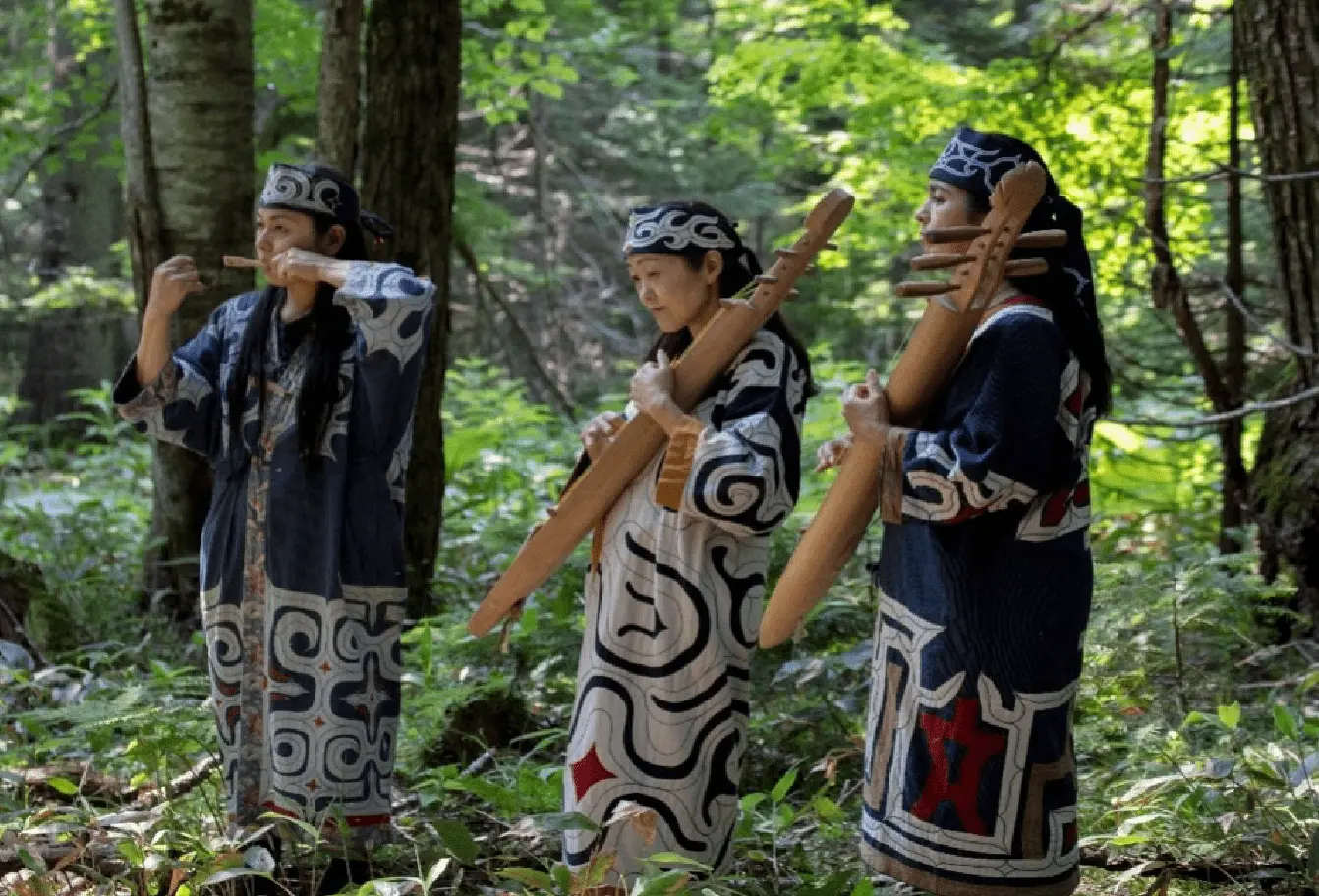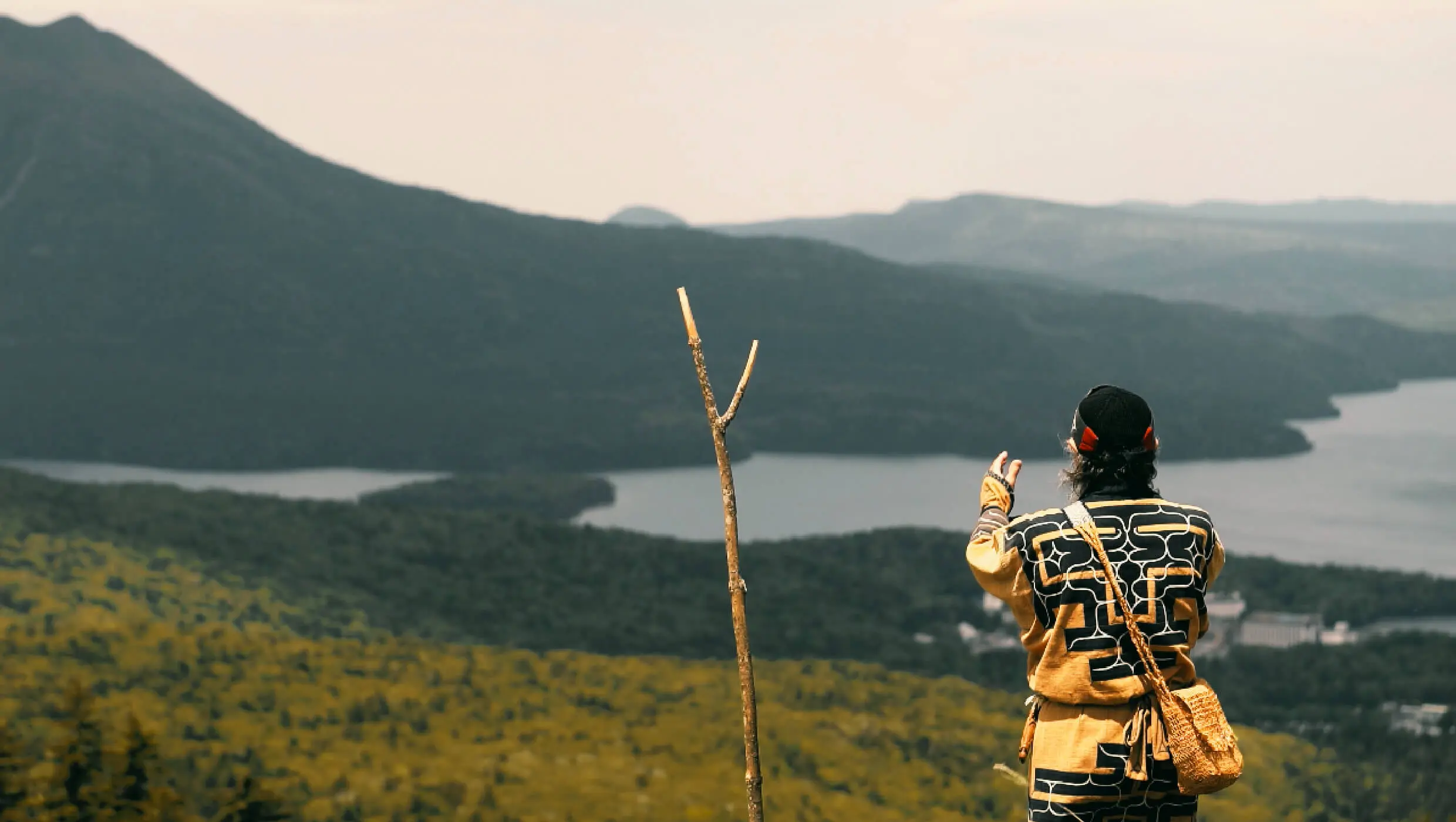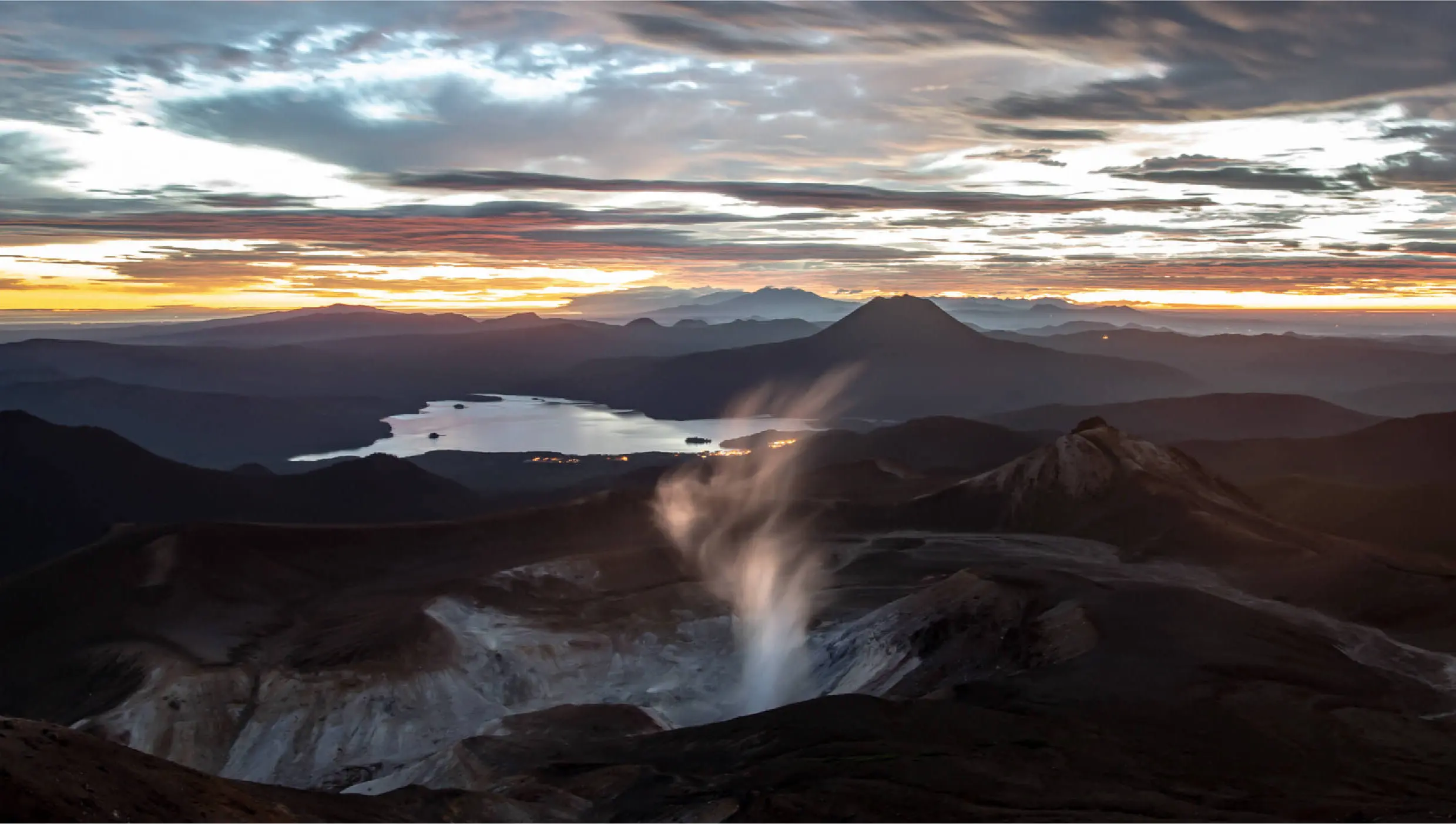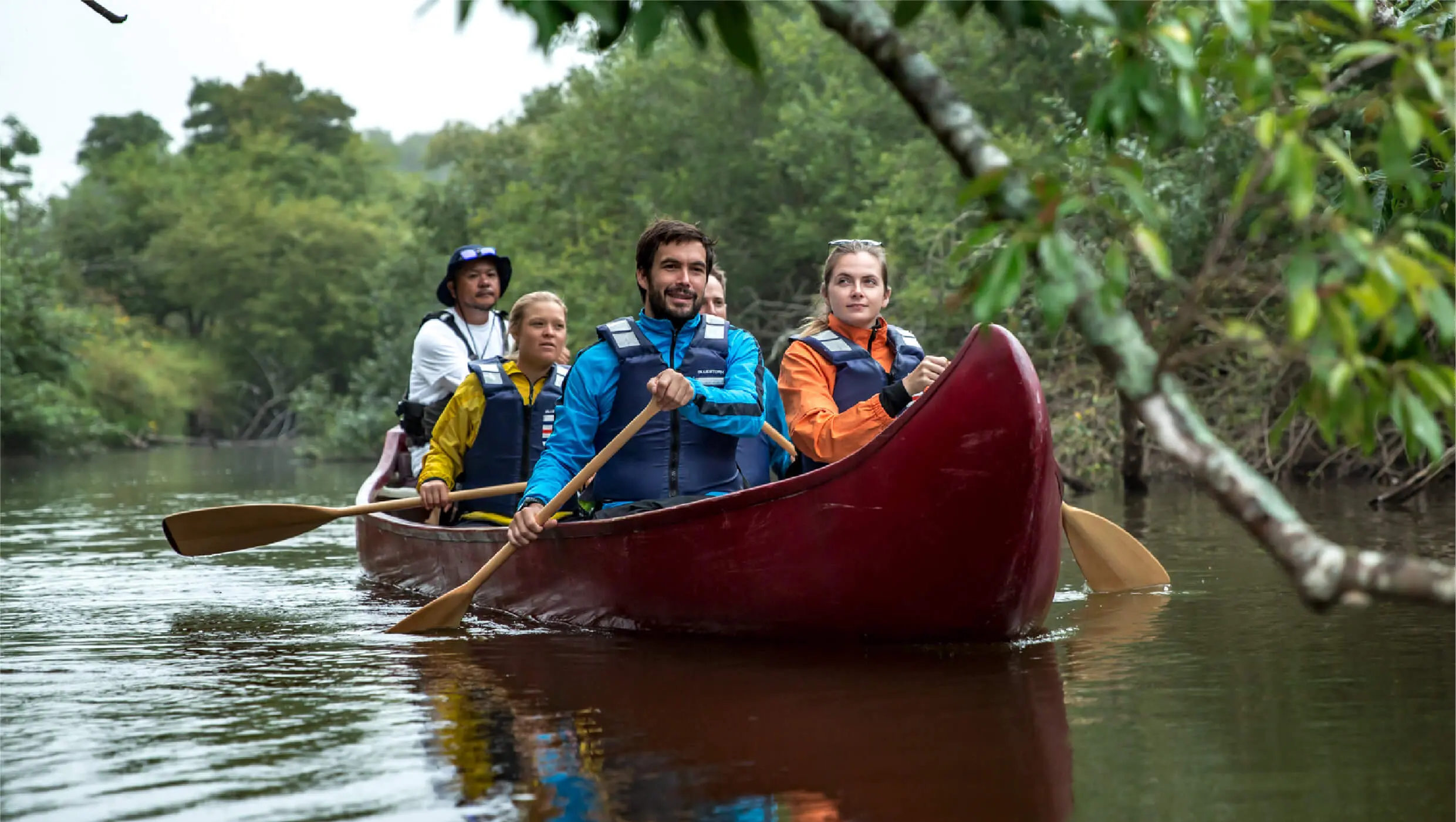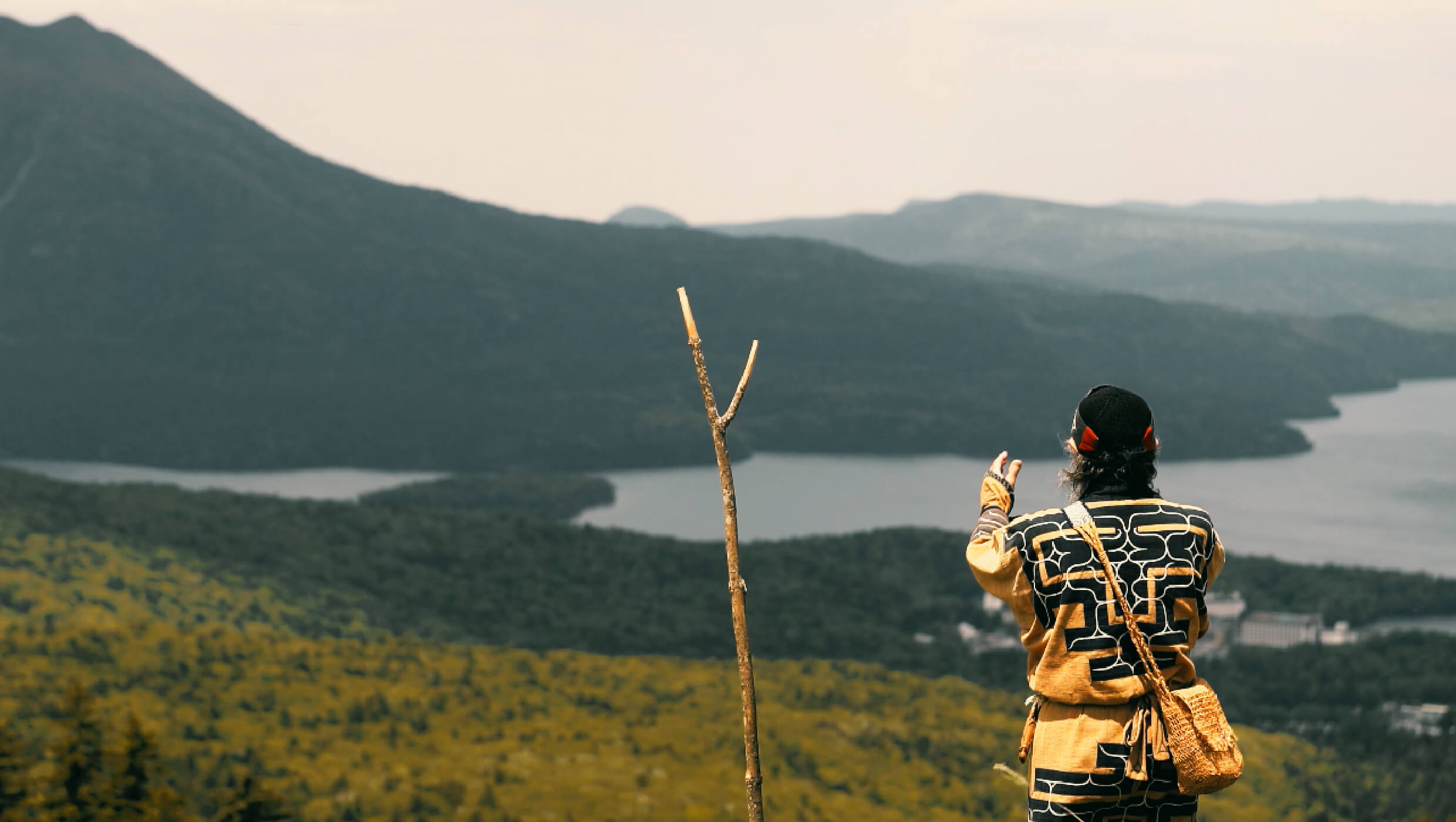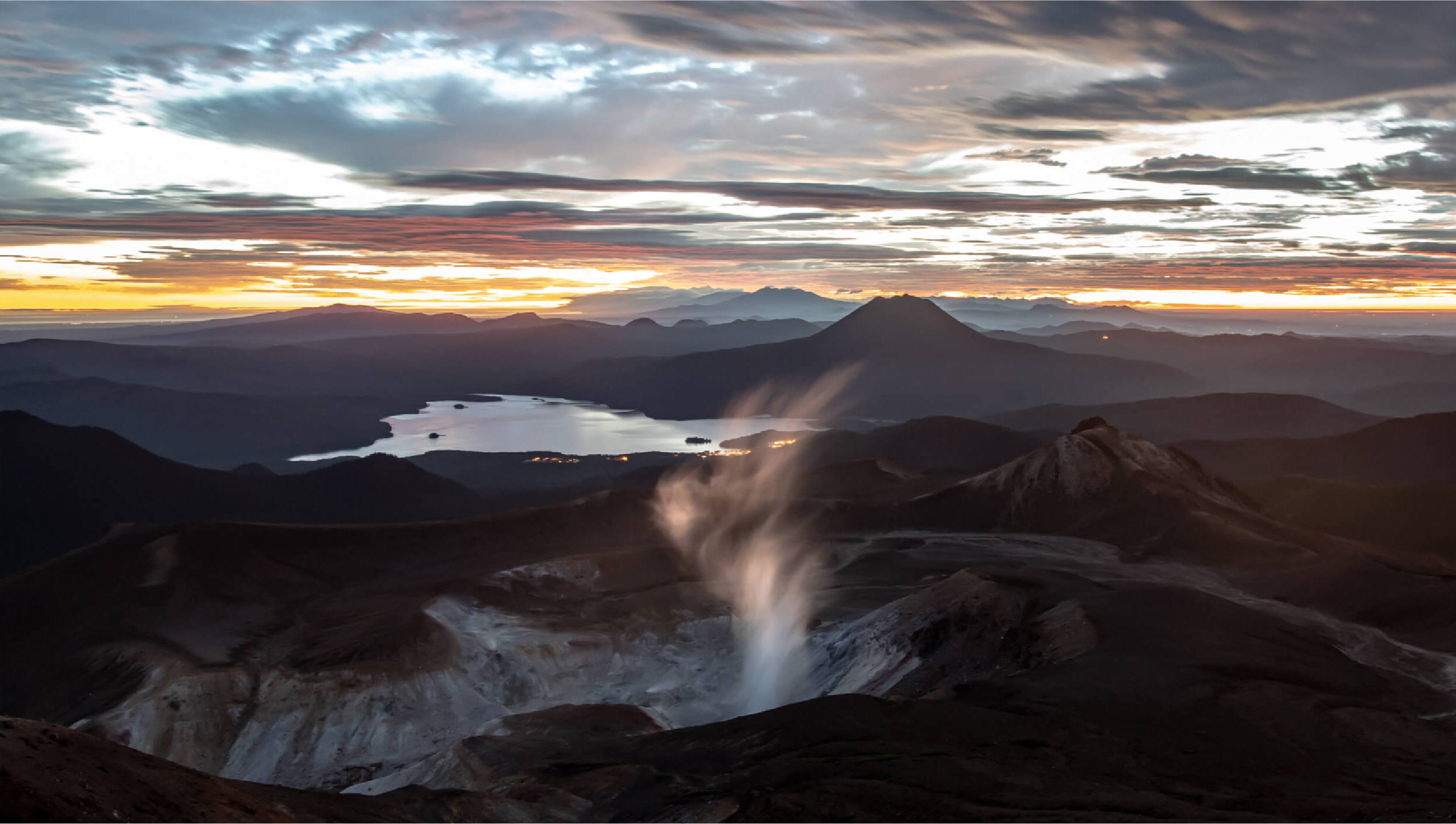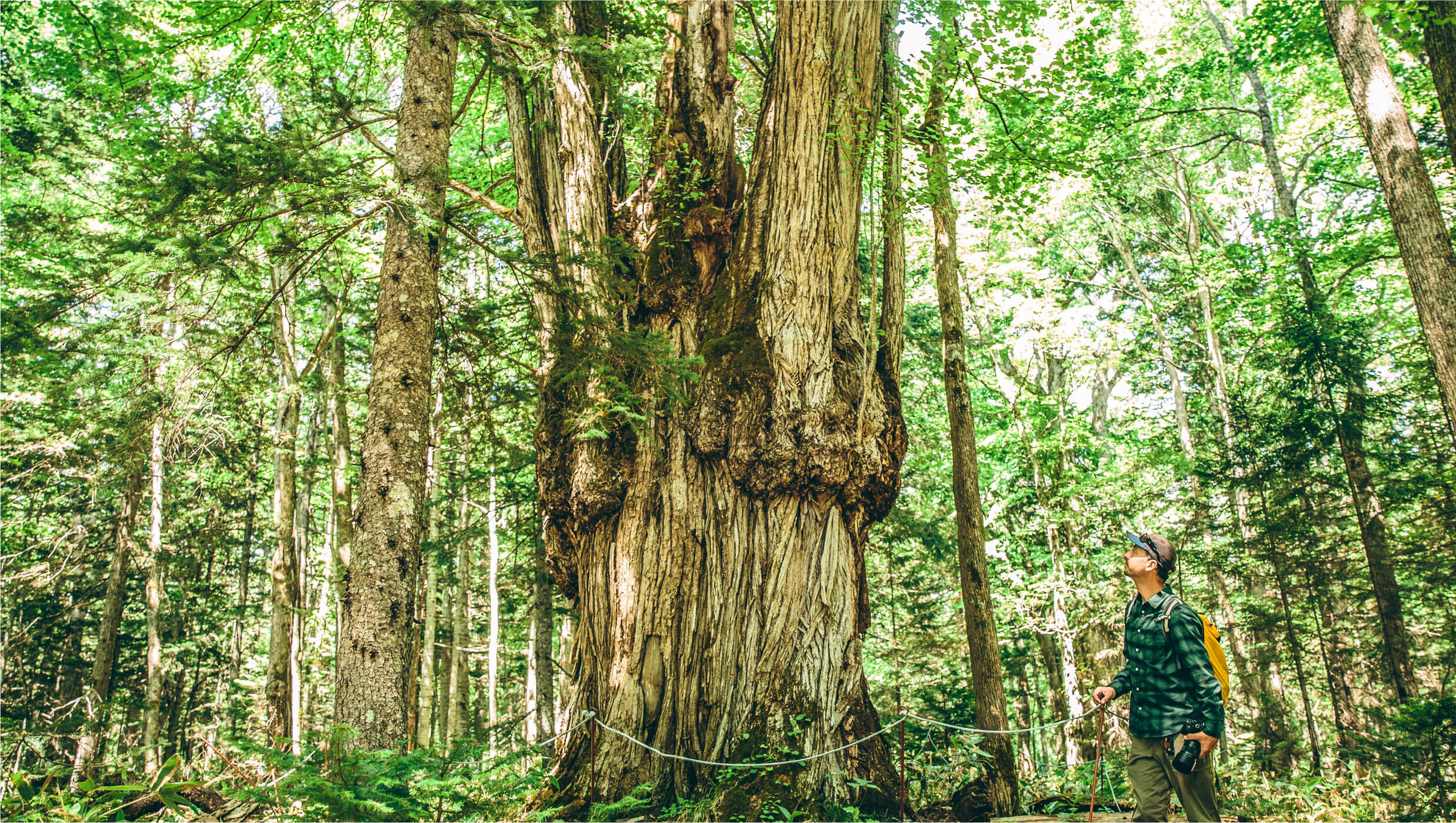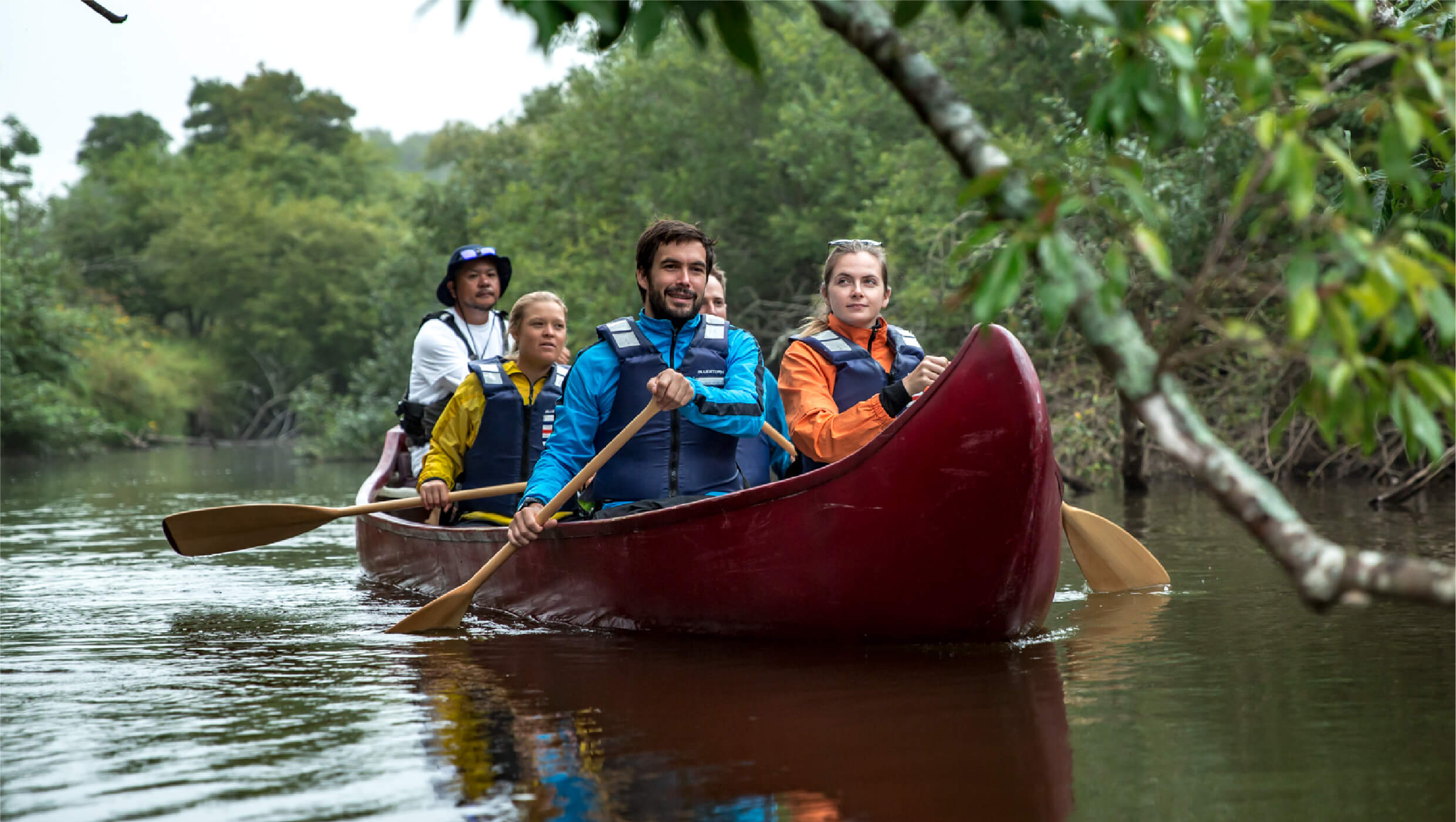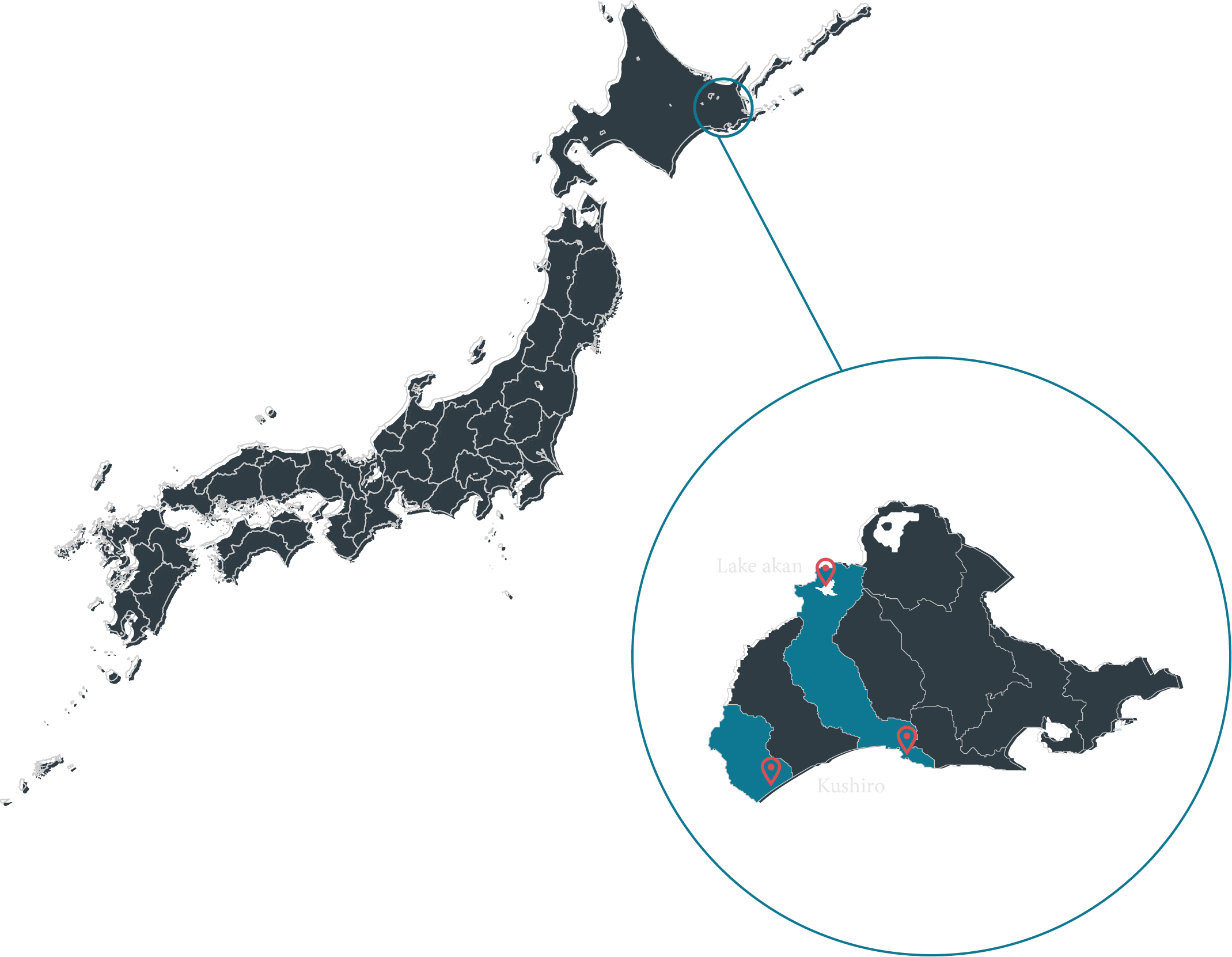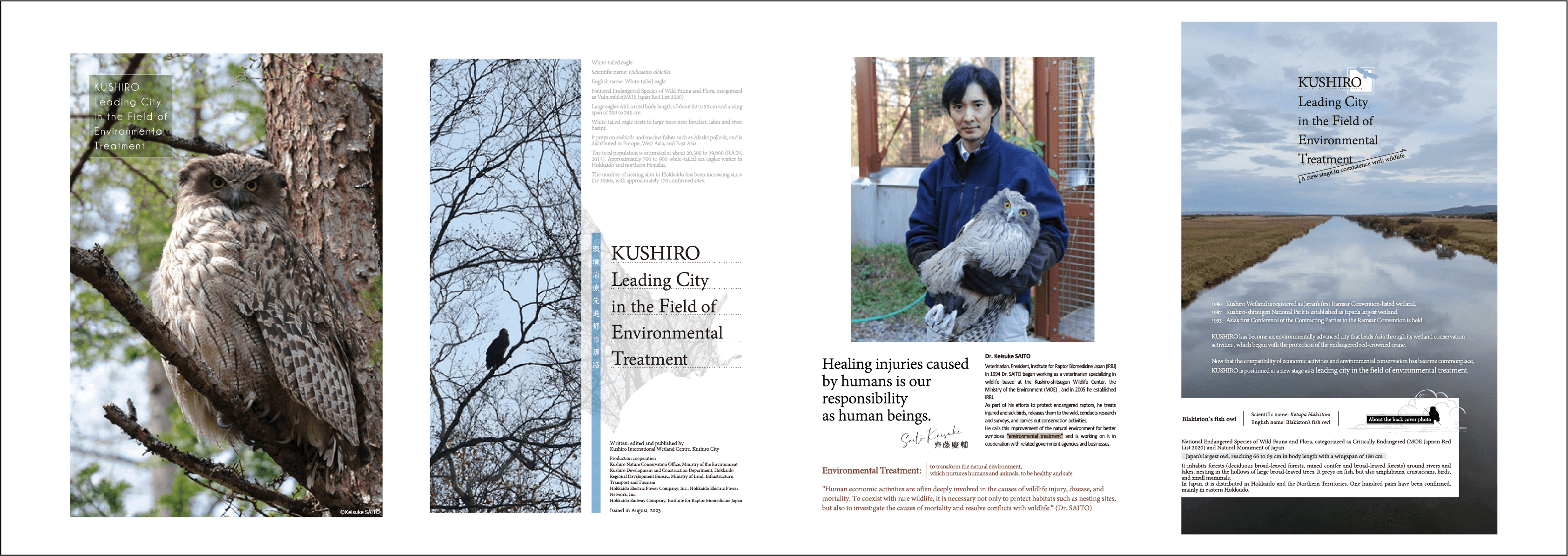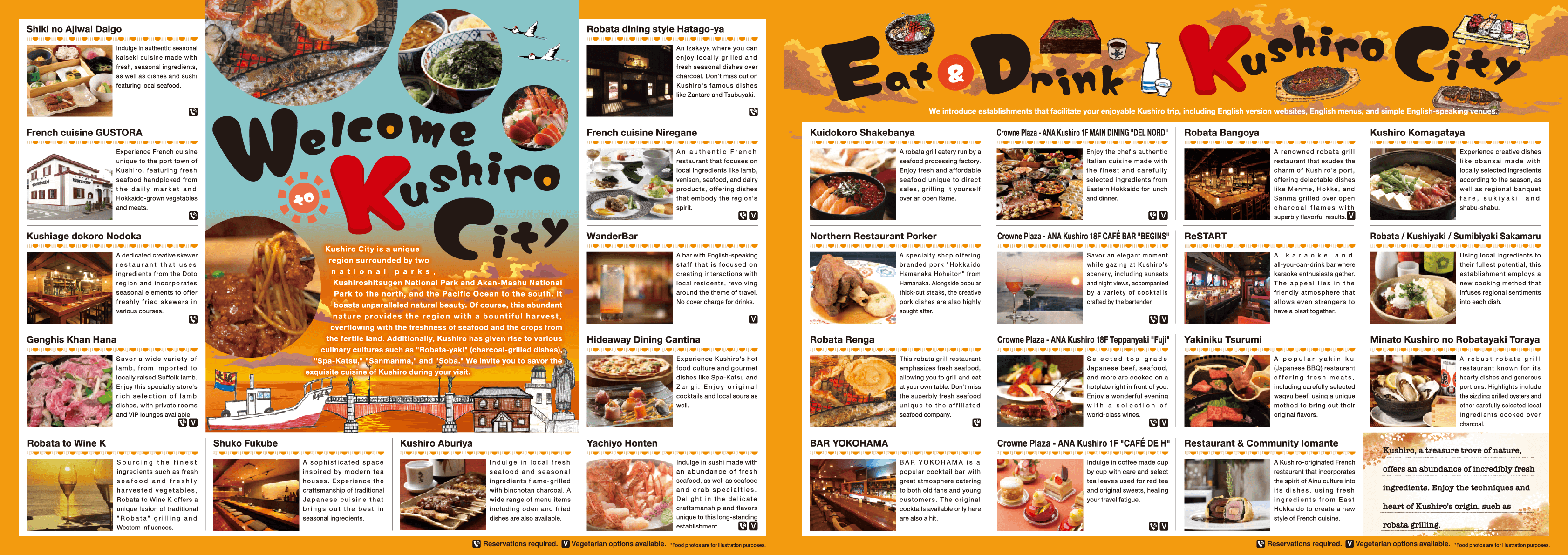Story 01
Nature
Kushiro Shitsugen National Park,
a magical place of animal
and plant life
The Kushiro-Shitsugen National Park is made up of vast wet peat grassslands over more than 220k㎡. This rich ecosystem is home to around 700 varieties of plants and 1,300 different animal species. This protected natural environment extending as far as the eye can see ensures the charm of this region.
Nearly a century ago, in 1924, the red-crowned crane, thought to be extinct, was once again sighted here. They are endemic species of Japan, therefore was declared to be nationally protected species in 1952.
We now know that the wetlands were, 6,000 years ago, covered by a sea at a temperature warmer than today. The layer of peat, which reaches a thickness of 4 meters, and whose annual growth is one millimeter, would thus go back to around 4,000 years ago. Vestiges were found in the surrounding area. dating back to prehistoric times, of human activities of hunter-fishermen, as well as reconstructed dwellings from the Jomon period.
Here is also the first Ramsar site in Japan, this national park located mainly in wetlands has marked the history of the parks. Indeed, these wetlands, longly considered of no ecological values.We finaly recognized its environmental value until 1971,the Ramsar Convention.
In 1992, the site was visited by Prince Philip of Edinburgh, then president of the World Wide Fund for Nature (WWF), who underlined its crucial importance in terms of environmental protection. Whether it's prehistoric peoples or today's animal species, the lands of this national park are certainly a "paradise" environment.
The further preservation of this nature is also essential in order to protect the city of Kushiro from flooding, or to ensure the quality of the water for the local pepole's everyday life.
The preservation has great significance for the livelihood of local people nowadays and the future.
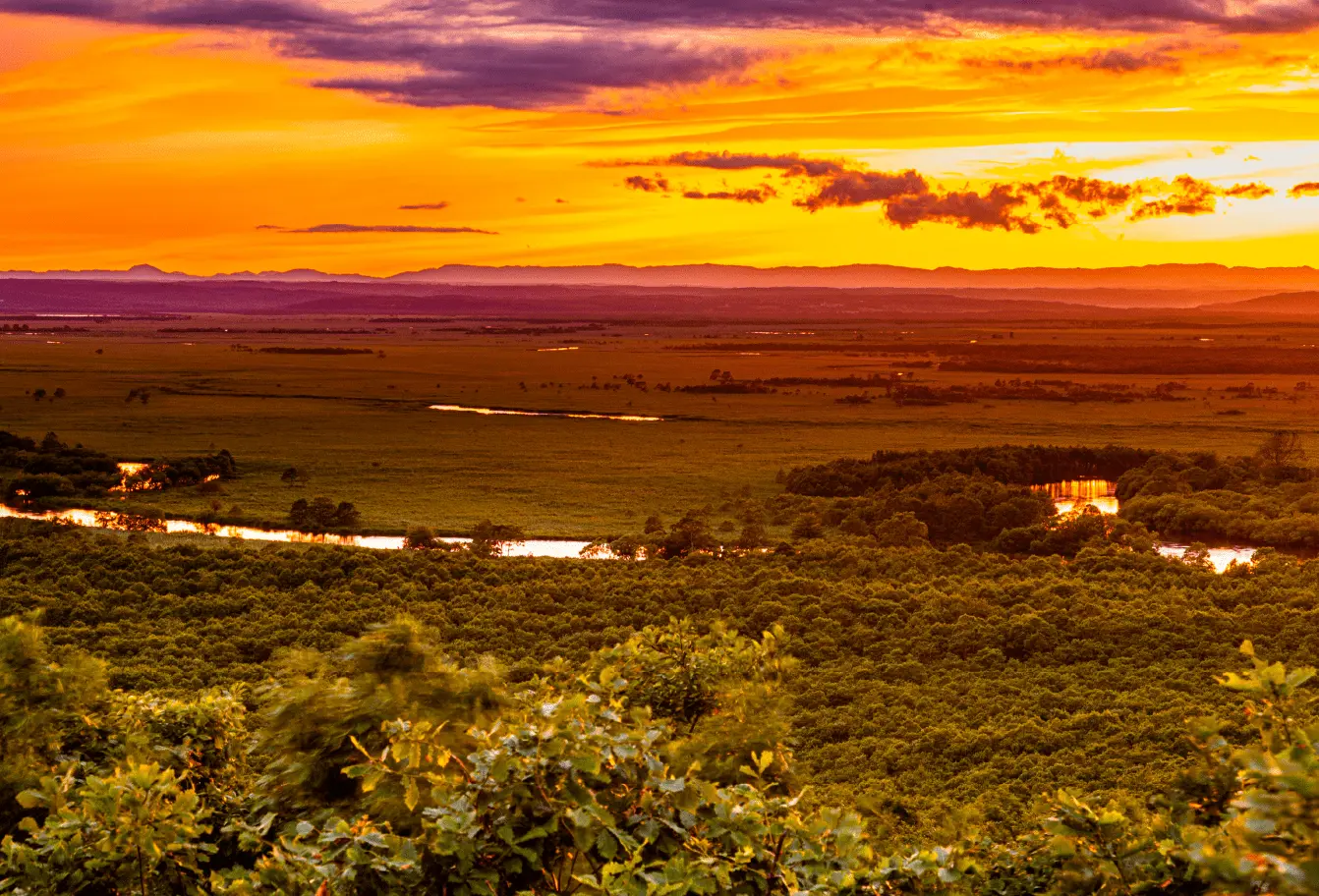
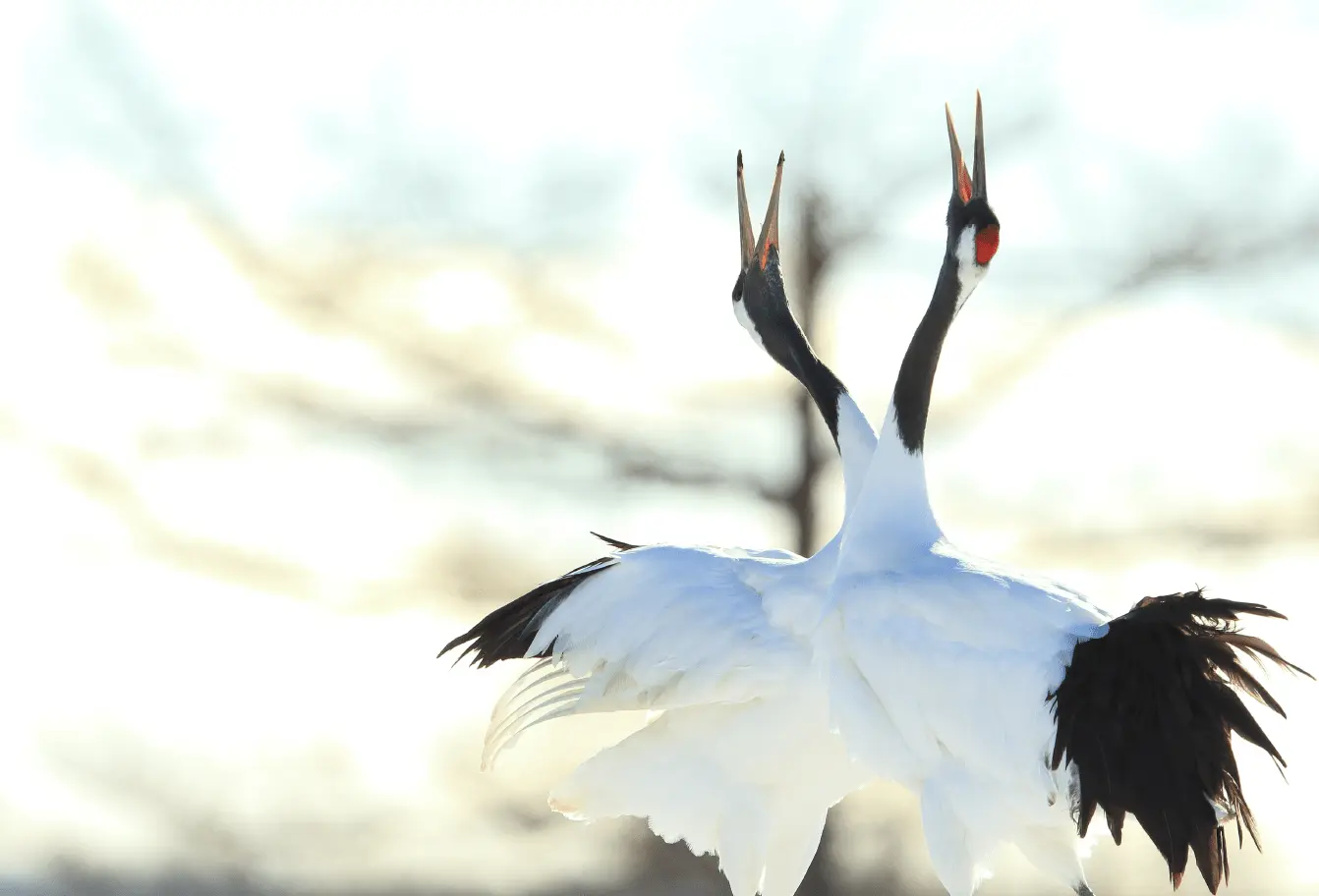
-
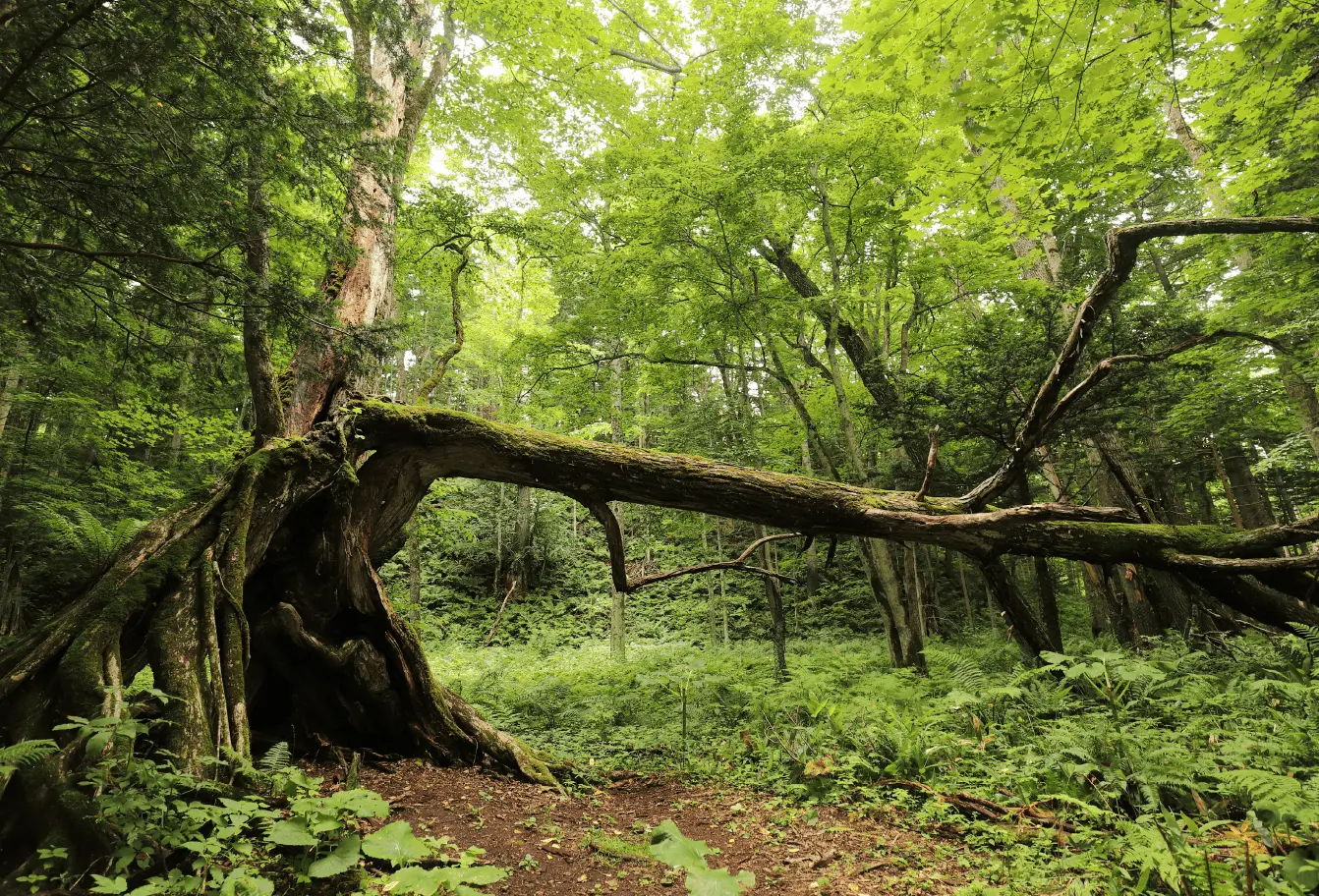
Preserving the landscapes of the Akan region for the future
Even before the creation of Akan-Mashu National Park in 1934, the Maeda Ippoen Foundation, owner of vast land around Lake Akan, invested in the preservation of local forests.
Masana Maeda, its founder, bought from the Japanese State in 1906, nearly thirty years before the inauguration of the Akan National Park, land on the outskirts of the lake for agricultural and livestock purposes. Nevertheless, deeply touched by the natural beauty of these landscapes, he declared in the twilight of his life that these forests were not intended for felling, but rather for contemplation. Since then, this desire has been perpetuated over more than a century, and the Maeda Ippoen Foundation has worked tirelessly to restore and preserve these beautiful natural forests.
Story 02
Culture
A port city actively participating in Japanese gastronomy
The Kushiro region is renowned in Japan for its delicious seafood. Richness of fishery here create remarkable quality among the industry. Once the most fish-rich area in Japan, the city of Kushiro has one of the three largest markets in Hokkaido, the Washo market, where - depending on the season - crabs, salmon, smelt and other saury, emblematic of the island, abound. .
Installed for example around the traditional open fireplace (irori) of a robatayaki-type restaurant, these delicacies are eaten charcoal-grilled by the staff and accompanied by various vegetables, for a memorable culinary and cultural experience.
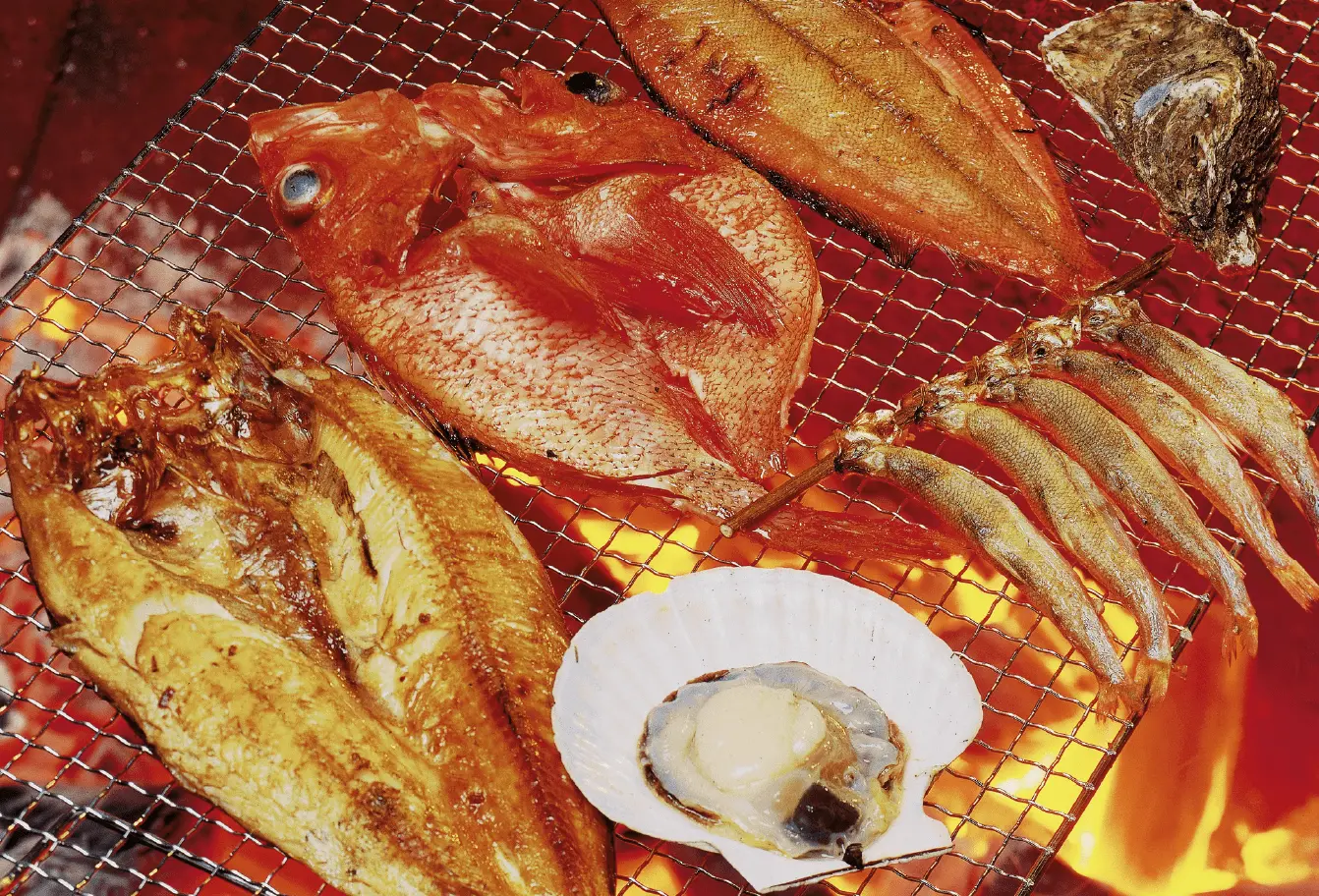
-
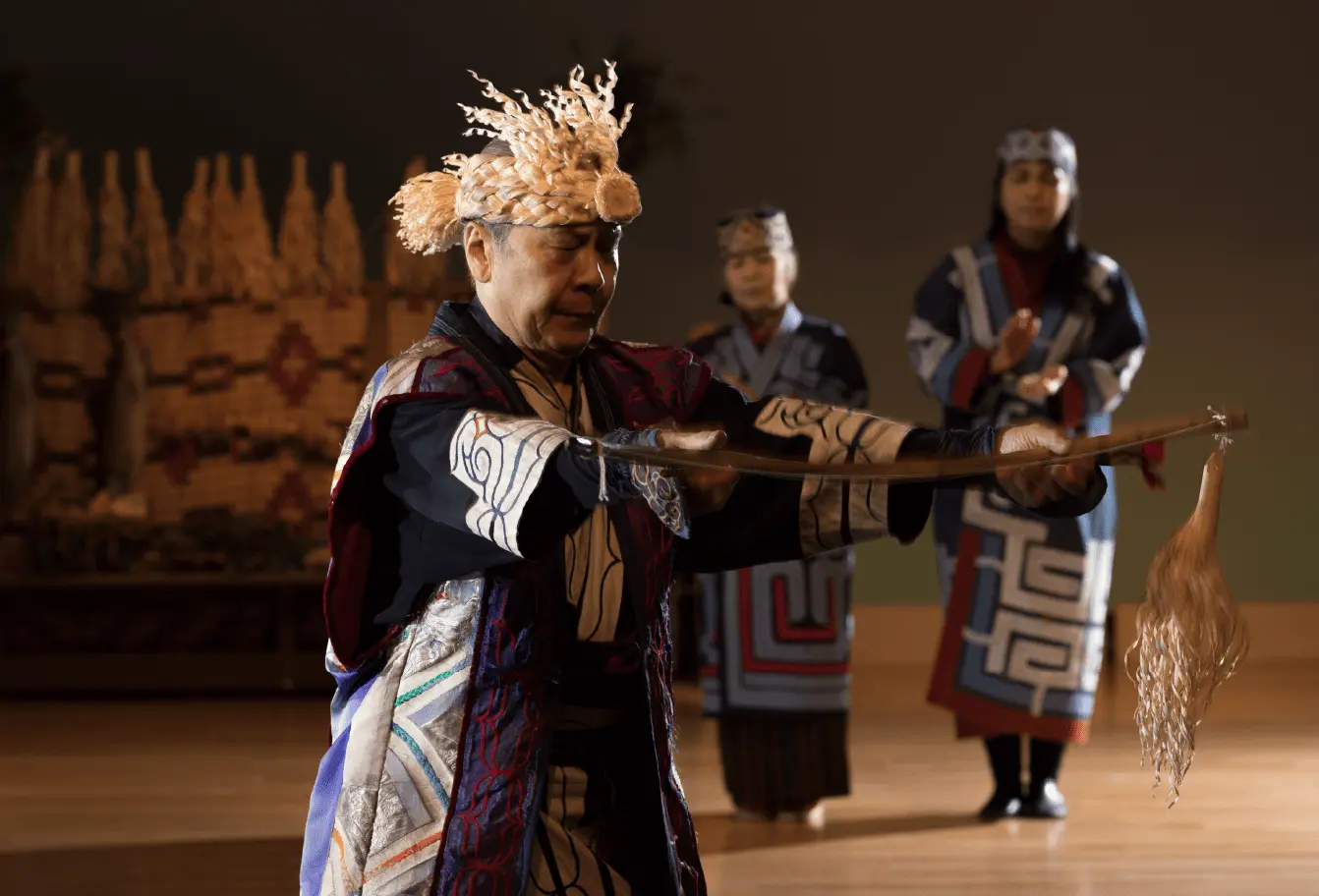
Living in harmony with surroundings,
the spirituality of the Ainu peopleIndigenous people of Hokkaido, the Ainu, who believed that every surroundings in their lives has a kind of soul, revere as gods (kamuy) the benefits of nature, the things indispensable to human life, or the things beyond human comprehension.
There is a saying in Ainu culture which explains that there is no one thing in the world without a role.
This philosophy, which implies that all living beings, natural phenomena and even objects have come from the world of the gods and have been sent to the human world to play their role. This mindset is accompanied by a gratitude towards all things, coupled with total harmony with its environment. -
The Marimo festival, which has been held in autumn since 1950 in the onsen resort of Lake Akan, was born from the local community's awareness of the dangers of extinction of marimo algae, caused by mutiple illegal harvesting ativities and illicit sales.
Since the festival's inception, the traditional Ainu ceremony Kamuinomi, in which fervent prayers are sent to the gods of nature through these plants, is also celebrated there.
The power of this philosophy of universal harmony can easily felt when you see all the people coming together at the festivities for the good of marimo algae and the community as a whole.